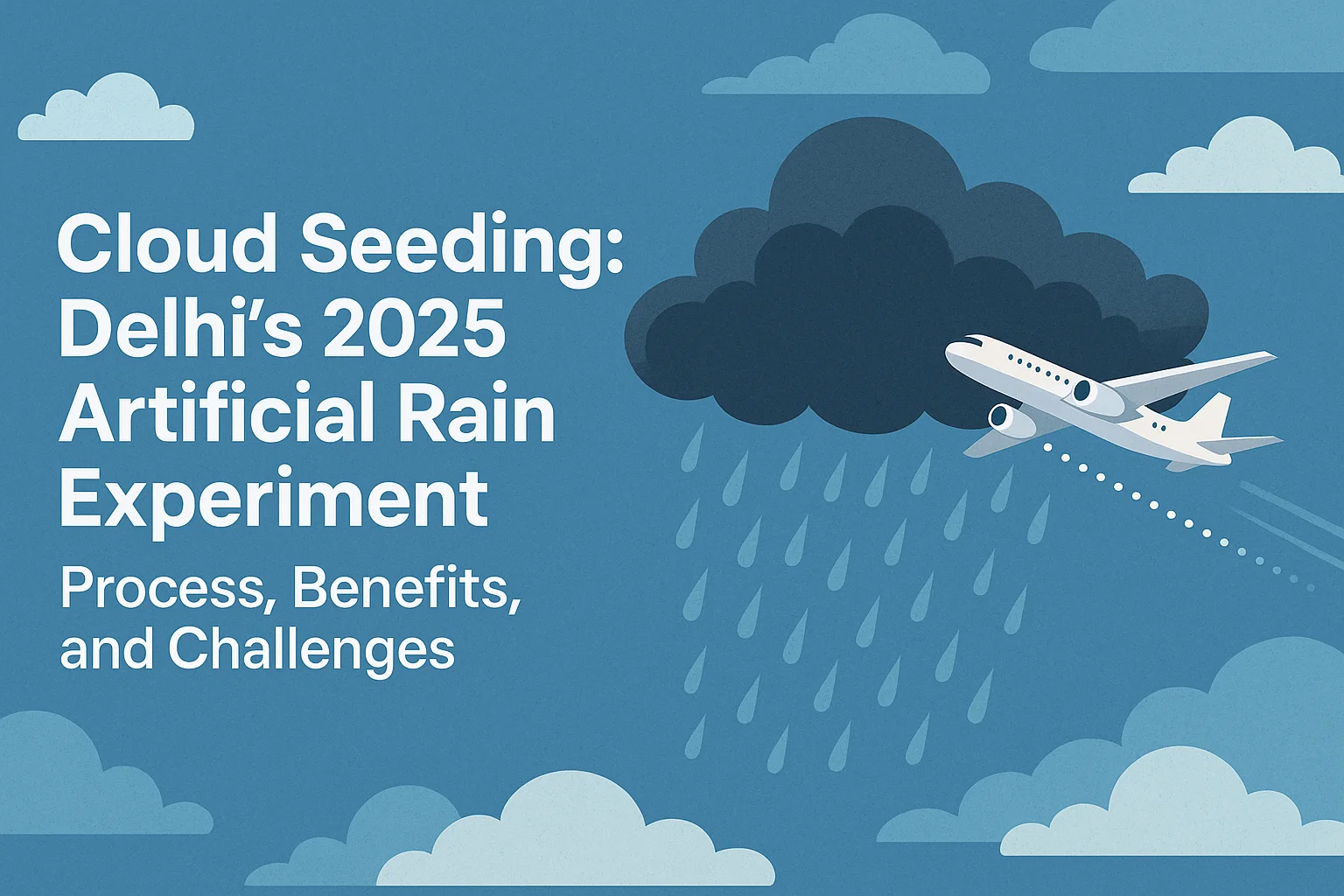Font size:
Print
Supreme Court Strengthens Child Pornography Law
Context:
The Supreme Court of India, ruled that the watching or possessing of sexually explicit material involving minors is illegal under the Protection of Children from Sexual Offences (POCSO) Act.

About the verdict:
Strict Interpretation of Offences
- In a significant ruling, the Supreme Court has strengthened the law on child pornography by stating that viewing, possessing, or failing to report such content is illegal under the Protection of Children from Sexual Offences (POCSO) Act.
- A bench comprising Chief Justice D Y Chandrachud ruled that both downloading and watching child pornography are punishable offences under the POCSO Act and the IT law.
- The decision came in response to a Madras High Court order that had quashed criminal proceedings against an individual for possessing child pornography.
Expanded Scope of Section 15
- The Supreme Court broadened the interpretation of Section 15 of the POCSO Act, which deals with the “Punishment for storage of pornographic material involving a child.”
- Originally, this provision targeted cases involving commercial storage of such material, but following the 2019 amendment, it now encompasses:
- Failure to delete, destroy, or report child pornography.
- Storing material with the intent to distribute or transmit.
- Penalties: Range from fines to jail sentences of three to five years.
- “Constructive Possession”:The court introduced the concept of constructive possession, stating that individuals who view child pornography without downloading it but exercise control (such as enlarging, changing volume, or interacting with the material) can still be liable.
- Even if the material is deleted before the registration of an FIR, the individual can be charged if it is proven they possessed it “at any point.”
Inchoate Offences and Reporting Obligations
- The court described these offences as “inchoate”—anticipating or preparing for further criminal acts.
- Failing to delete or report such material can indicate intent to distribute. Non-reporting incurs a fine, with increasing penalties for repeat offences.
Recommendations for Legislative Reforms
- Amendment of POCSO Act:The Supreme Court urged the central government to replace the term “child pornography” with “child sexual exploitation and abuse material (CSEAM)” to reflect the gravity of the crime.
- The term “pornography” connotes consensual adult conduct, while CSEAM better represents the exploitation and abuse involved.
- Public Awareness Campaigns:The court called for nationwide campaigns to raise awareness about child sexual exploitation and the need for vigilance within communities.
- Sex Education Promotion:The court called for the Union government to promote age-appropriate sex education as a tool for preventing harmful sexual behaviours.
- The justices encouraged enhancements to the curriculum that include consent, gender equality, and healthy relationships to tackle the underlying causes of child exploitation.
About Child Pornography:
- A report by the International Centre for Missing and Exploited Children (ICMEC) revealed that child pornography is a multibillion-dollar industry, with 10 to 20 percent of victims under six years old and most victims aged between 11 and 13.
- The causes of child pornography are complex, involving poverty, social inequality, and technological advancements that facilitate the creation and distribution of such material.
Legal Framework for Child Pornography in India:
Bharatiya Nyaya Samhita (BNS):Section 295 BNS or Section 295 of Bharatiya Nyaya Sanhita talks about “Sale, etc., of obscene objects to children.“
- Information Technology (IT) Act, 2000:
-
-
- Section 67: Criminalises publishing or transmitting sexually explicit content, especially involving minors. Punishment includes up to 5 years imprisonment.
-
- Protection of Children from Sexual Offences (POCSO) Act, 2012:
-
-
- Section 13: Prohibits the use of children for pornography, with a punishment of 3 to 5 years imprisonment and a fine.
- Section 14: Imposes 5 to 7 years imprisonment and a fine for using children in pornography, with harsher penalties for repeat offenders.
- Section 15: Criminalises the use of the internet to facilitate child pornography, with 5 to 7 years imprisonment and a fine.
-
Policy Framework for Child Pornography in India:
Ministry of Women and Child Development (MWCD):
-
- Develops and implements policies addressing crimes against children and women.
- National Policy for Children 2013: Focuses on protecting children from exploitation, including pornography.
National Commission for Protection of Child Rights (NCPCR):
-
- Monitors child protection policies and guidelines.
- Provides a framework for identifying, reporting, and responding to child pornography cases.
Challenges in Addressing child pornography:
- Technological Barriers: Difficulty in regulating online pornography due to anonymity.
- Awareness Gaps: Lack of public and law enforcement understanding of the harmful effects.
- Resource Constraints: Insufficient resources for law enforcement agencies to prosecute offenders.
- As of January 31, 2023, there are over 243,000 pending POCSO cases in Fast Track Special Courts (FTSCs).
- Low Prosecution Rates: Many cases are settled out of court, resulting in lenient punishments and diminished deterrence.
- A new study by the India Child Protection Fund (ICPF) reveals that each of the 1,000 courts is clearing an average of just 28 cases annually, far below the target of 165 cases.


